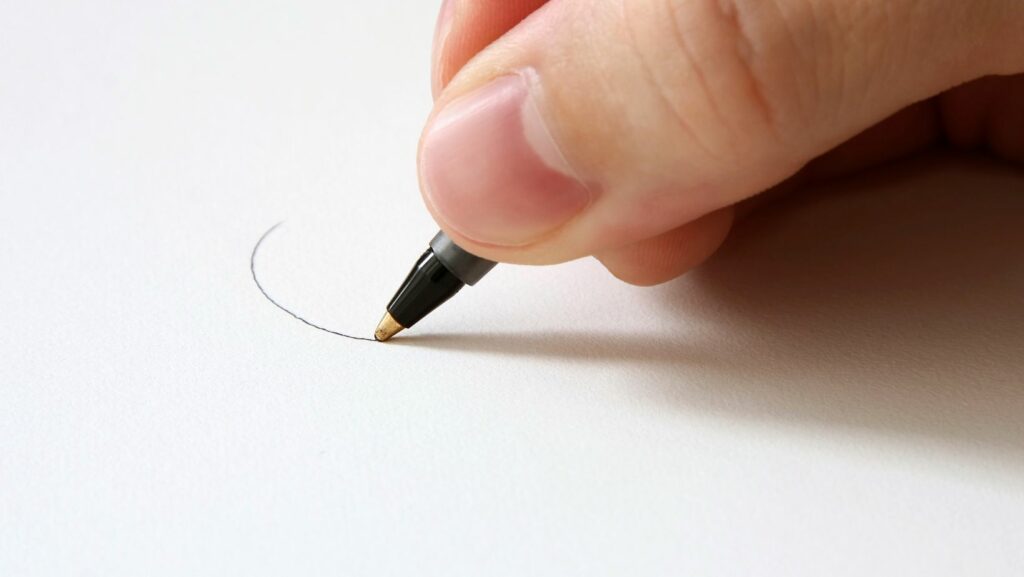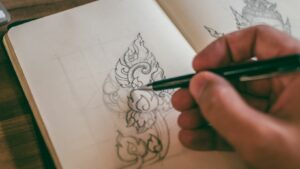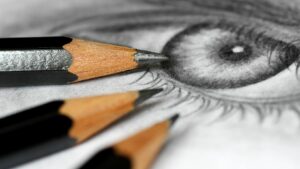
Unleashing your inner artist doesn’t have to be daunting. In fact, it’s easier than you might think. This article will guide you through some simple yet exciting things to draw, perfect for budding artists or anyone looking to dabble in the world of art.
Easy:6minf4tbdn0= Things to Draw

Drawing simple objects offers manifold benefits for budding artists and novices alike. Firstly, it instills a sense of achievement and builds confidence, providing reassurance to artists that art isn’t an impenetrable field.
Secondly, focusing on simple designs boosts observational skills, allowing artists to perceive and present finer details like lights, shadows, perspective, and texture in their works. For example, a beginner drawing an apple can start by outlining its basic shape, adding in defining features such as light and shadow areas afterward.
Additionally, crafting simple doodles fosters creativity. It entices artists to think beyond conventional shapes, thereby initiating an exploration of their creative faculties. For instance, an everyday item like a mug can be transformed into an array of intriguing artwork with different styles and patterns.
Lastly, practicing with simple sketches paves the way for a deeper understanding of intricate artwork, laying a solid foundation for advanced drawing techniques in future. It’s like mastering notes in music before playing a complex composition. Thus, embracing easy-to-draw objects unveils an art realm teeming with opportunities and growth potential.
Popular Easy Things to Draw for Beginners

Drawing simple subjects holds great value in developing artistic skills as discussed earlier. Building on this, beginners often lean towards certain easy-to-draw items that help them improve. Faces, hands, and trees, for example, are popular choices for starting artists, due to their natural and familiar forms. Secondly, beginners often enjoy drawing animals, given their diverse and complex shapes.
Dogs, cats, and birds, with their inviting contours, serve as excellent beginner-friendly drawing subjects. Lastly, still life objects such as fruits, mugs, or books are beneficial for a solid understanding of light and shadows, perspective, and texture, reinforcing the values of drawing simple objects as mentioned above. These various subjects provide the essential practice needed to continue the journey towards intricate artwork. Remember, embracing simplicity in art doesn’t confine creativity, it unlocks growth potential, and these popular choices are evident of that.
Tips for Improving Drawing Skills

Embarking on a drawing journey uncovers various opportunities for honing artistic talents. The primary tip invigorates constant practicing as a tried and tested method, expediting improvements in drawing easy objects like faces, hands, trees, and animals. Incorporating regular sketching sessions, beginners eventually grasp intricate details like light, shadows, and texture variations.
Choosing the right tools contributes to sharpening skills. Beginners find more comfort and learn faster using smooth, easy-to-control drawing tools like pencils and fine liners. Gradually transitioning from these enables handling complex tools like pastels, markers, and watercolors, facilitating advancements in art forms.
Another integral tip involves exploring various styles. From hyper-realistic art to minimalist doodles, trying different styles extends the learning canvas, fostering versatility. It implores beginners to engage with diverse forms, thus nurturing artistic flair.
Establishing observational skills serves as a crucial tip. It emphasizes perceiving and portraying unique aspects of everyday objects. This mindfulness helps in capturing the essence of the real world in art.
Lastly, patience stands as an important tip. Mastering art doesn’t occur overnight. It’s a progression, evolving with practice and time, requiring artists to remain steadfast on their creative journey.
Drawing Tools for Beginners
So, you’ve learned about the benefits of starting with simple objects and got a list of popular subjects to practice. You’ve also picked up some essential tips to improve your drawing skills. Now, it’s time to grab your tools and start your artistic journey. Remember, it’s all about practice and patience. Don’t be afraid to explore different styles and techniques.
Honing your observational skills is key, and understanding light and shadows will come with time. Keep drawing, keep exploring, and most importantly, keep enjoying the process. In the world of art, there’s always something new to learn, and every drawing, simple or complex, is a step forward. So, keep those pencils moving, and you’ll see your skills progress in no time. Happy drawing!


